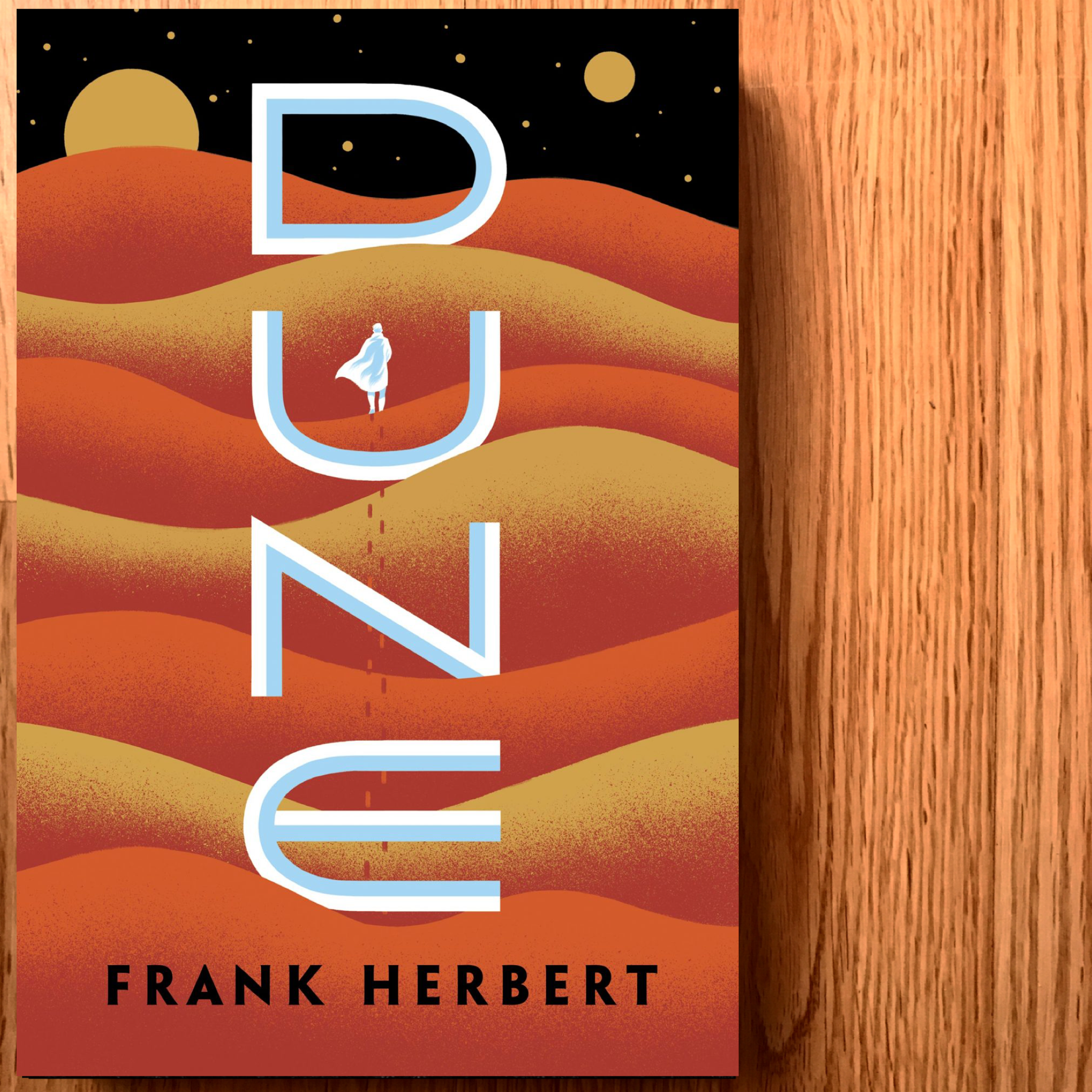Book Review: Avatars Inc.: A Sci-Fi Anthology Edited by Ann Vandermeer
by Megan Amato
The sci-fi genre is nearly as vast as space itself, so capturing a theme across a collection of stories can be difficult. Avatars Inc attempts to address this issue by creating a timeline of 49 years within twenty-four melancholic short stories that showcase a history through the eyes of an avatar—a robot that a person can mentally control in order to navigate the world without being physically present.
Creating tension in a story with an avatar can be tricky, as the human body is, in theory, removed from immediate danger. Tension must be derived from more personal motives. “Add Oil” introduces us to an avatar’s mechanisms along with an issue that’s familiar—the rising tension between Hong Kong and mainland China—and reminds us that fighting for justice is not only the duty of the young. “La Mer Donne” appears sweet on the surface but depicts how desensitized we have become to human suffering. This theme continues with “Oannes, From the Flood,” which was hard to follow at times, but the message was clear: people matter more than artifacts. In “Bounty,” some people have become artifacts in a world where humans are dying out, and a governmental body pays poorer humans to collect others that meet the parameters of a “Noah’s Ark.” This was simultaneously the most uncomfortable and the most satisfying story, with effective worldbuilding and characters who showed agency, despite the short nature of the tale..
If we left earth now, nature would find a way to heal. Despite our need to intervene, nature thrives on its own and “A Bird Does Not Sing Because it Has an Answer” enforces how saviour complexes, in almost any scenario, aren’t as helpful as we think they are—even the birds understand this. So do the deep-sea creatures in “Behold the Deep Never Seen,” where the protagonist wasn’t strictly an avatar. I forgave this flaw because the story is full of imagination and could possibly be the beginning of a superhero or villain origin story. “Banding” proves that we should leave nature alone, and this story will linger in my nightmares for years to come. Unlike Bikini Bottom, you won’t find talking sponges or starfish in “Banding,” but millipedes that have evolved and surpassed what humans hybridized them for. Dr. Ian Malcolm said, “Life, uh, finds a way” in Jurassic Park, and “In the Lands of the Spill,” Vietnam has been nearly claimed by the sea in the south and an oil spill in the north that has created unfriendly sentient beings.
Despite those who insist on denying it, humans are driving climate change, and some studies claim that the damage is now irreversible. “Robot and Girl with Flowers” illustrates older generations’ apathy regarding environmental degradation, as they leave it for younger generations to fix. However, corporations and capitalism are the biggest drivers of climate change. The protagonist in “Two Watersheds” is hired by a company to mitigate climate change results in the Rockies while escaping a present she feels forced into. “Waiting for Amelia” adds the theme of how colonization prioritizes the immediate amusement of the privileged over the long term needs of Indigenous and underprivileged people. “Overburden” questions how to deal with the aftereffects of toxic environmental damage done by mining, and humanizes those in the communities that have to deal with their cancerous environment—in this case literally. All these stories highlight how capitalism and colonization bring destruction in the name of progress and leave it for others to clean up.
Avatar Inc did not leave me with a skip in my step—nor should it. It is a collection of bleak, melancholic stories, some more hopeful than others, that remind us to be mindful of our actions.








